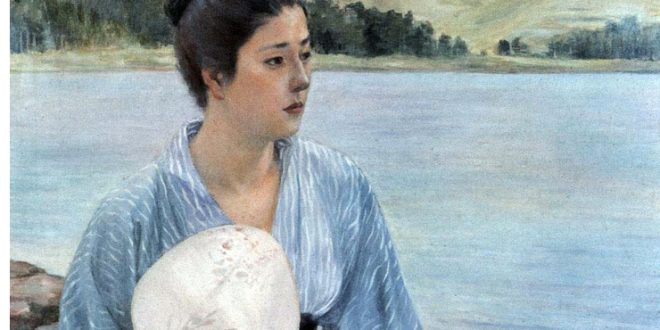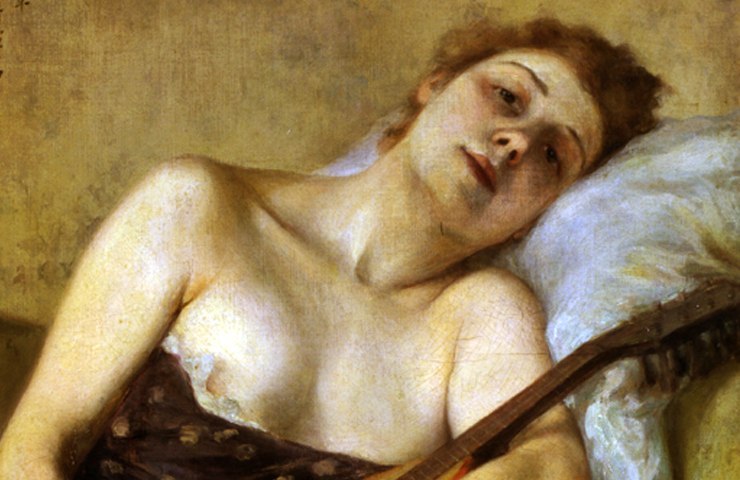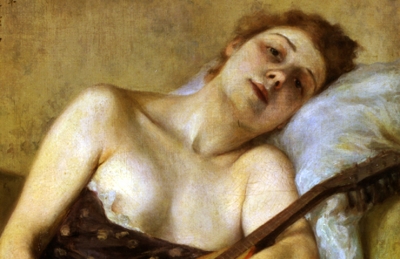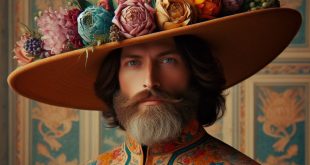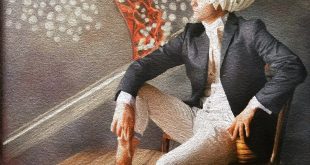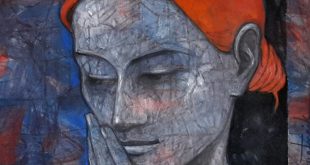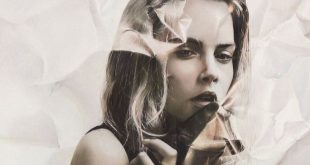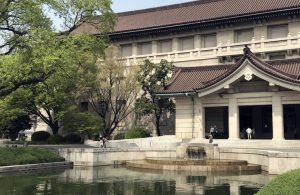 Western-style movement in early 20th-century Japanese painting.
Western-style movement in early 20th-century Japanese painting.
In Japan, when the father of modern Western-style painting died in 1924, he bequeathed a portion of his estate, for the furtherment of art. In 1928, with this bequest was formed the Kuroda Memorial Hall. In recognition of his artistic achievements, exhibits of Oil paintings, sketches and similar works donated by his family are on display. In 2007, two national insitutions merged to the Tokyo National Museum. http://www.tobunken.go.jp/kuroda/index_e.html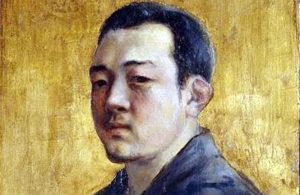
In Tokyo, you can admire his “Lakeside“, at Kuroda Memorial Hall. His paternal uncle as heir had chosen him in 1871. Elder Kuroda remain exposed to many of the modernizing ideas coming into Japan, as his heir. Born in Kagoshima into a June day, 1866, be become a Japanese painter and teacher. His name was KURODA SEIKI. Noted for bringing Western theories about art to a wide Japanese audience. He had decided to abandon the study of law for a career as a painter, attending in 1866 Japanese legation for Japanese nationals in Paris, where he met painters.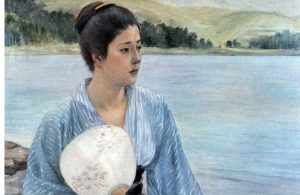
In May 1886, Kuroda entered the studio of a noted Academic art painter who had shown work in several Paris Salons. During these years, he began to mature as a painter, following the course of study in Academic art, discovering plein-air painting. KURODA SEIKI moved from Paris to the village of Grez-sur-Loing (an artists’ colony), where he found inspiration in the landscape. Returned to Paris, he began work on “Morning Toilette“, his most important painting to date, accepted with great praise by the Académie des Beaux-Arts. He set out for home, arriving in 1893.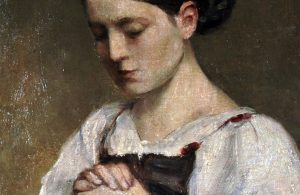
His style of bright color tones, emphasizing the changes of light and atmosphere, was revolutionary. Through the lessons he had learned, he was also prepared to teach painting to a new generation of painters. After spending a full third of his life abroad, arriving at home he traveled to Kyoto, to soak up the local culture, which he had missed, realizing one of his best paintings, “A Maiko Girl“. During time, KURODA SEIKI was taking on an ever-greater role as a reformer, really qualified to teach his compatriots about what was going on in the Western art world. He realized the painting school Tenshin Dojo, modeled on Western precepts and basics of plein-air painting.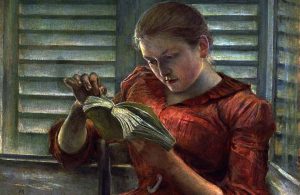
In 1896, a Department of Western Painting was formed, and KURODA SEIKI was invited to become its director, but also insisted that courses in anatomy and the sketching of a live nude model be included in the curriculum. His plein-air works are less finished than his more formal compositions. Stylistically, he can be said to owe much to the Barbizon school. In 1922, he was director of the Imperial Fine Arts Academy, also awarded the French Grand Cross of the Legion d’Honneur. He died at home in Azabukogaicho on a half July day, 1924. His study for “Talk on Ancient Romance“? Waiting for you at Kuroda Memorial Hall, Tokyo.
The property of the images that appear in this blog correspond to their authors. The sole purpose of this site is to spread the knowledge of these artists and that other people enjoy their works. To pursue this issue, you can digit: https://www.tnm.jp/?lang=en
 Meeting Benches World art in all forms
Meeting Benches World art in all forms
